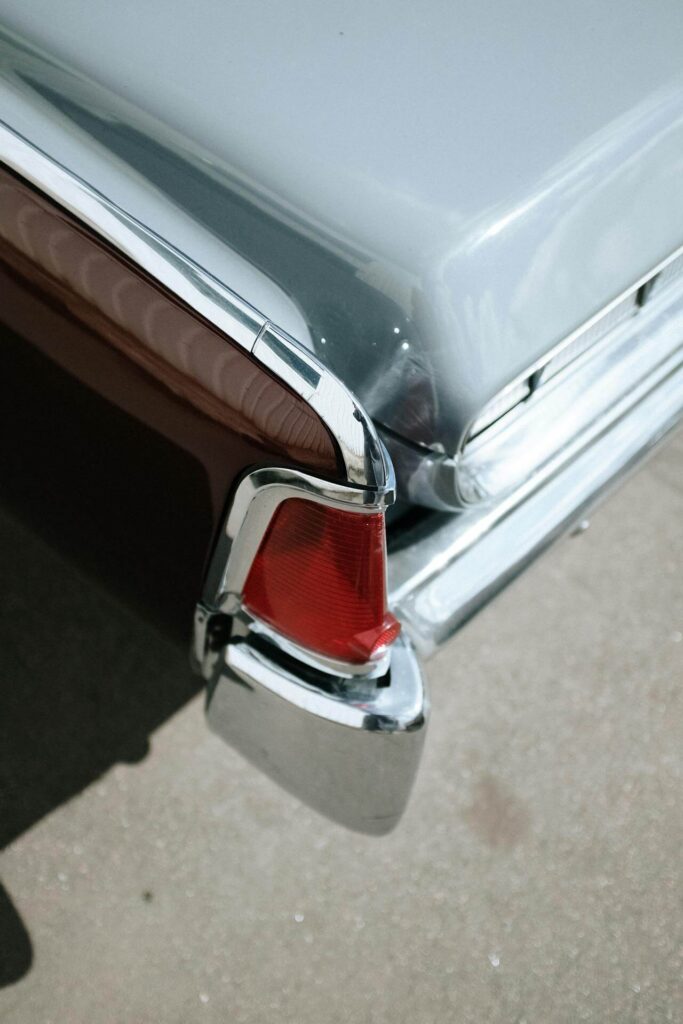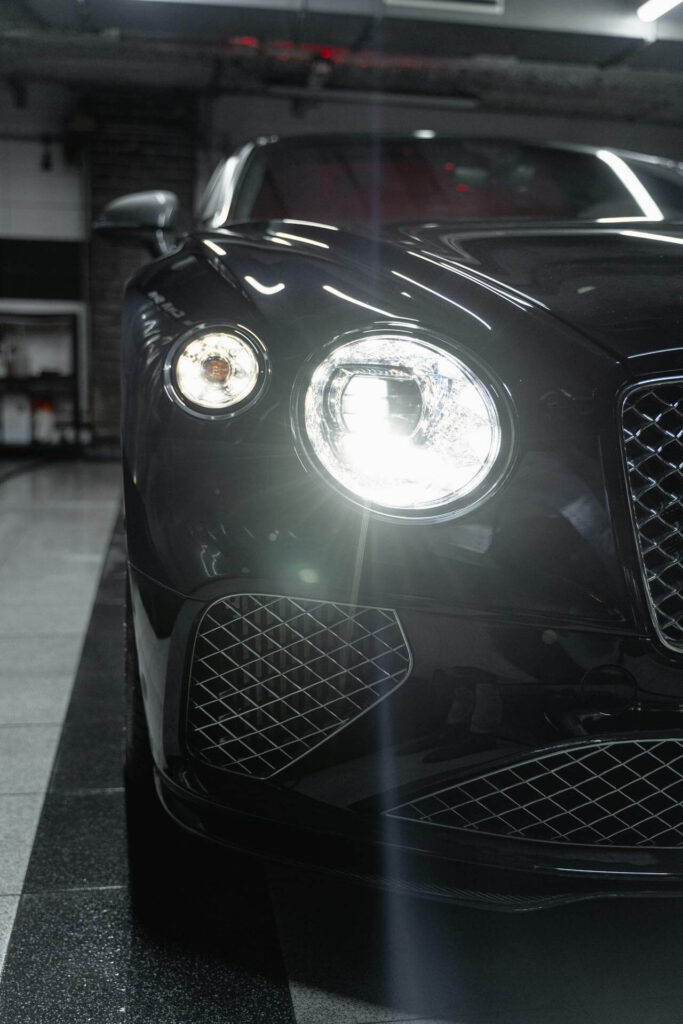How to Safely Remove DIY PPF
- Posted December 15th, 2024
- •
- Category: Paint Protection Film
Properly installed PPF offers drivers up to a decade of paint protection. Badly installed PPF creates instant regret.
If you’ve ever considered installing paint protection film (PPF) yourself, you know how challenging it can be to achieve a flawless result. Though the DIY route does come with an upfront cost savings, misaligned edges, stubborn bubbles, and trapped debris can undermine your paint protection and leave your car looking terrible.
When a DIY PPF application fails, it can be hard to decide when to attempt to uninstall the film yourself and when to call in the pros. Here is what automotive enthusiasts need to know about recovering from a PPF mishap without causing expensive damage to their paint.
 Common Problems with DIY PPF
Common Problems with DIY PPF
Even very savvy, detail-oriented people can run into trouble when dealing with paint protection film. We’ve previously explored how DIY paint protection can go wrong in detail, but here are a few of the most common issues:
- Misalignment or air bubbles: Uneven edges or trapped air under the film can result in an unsightly finish and a faulty seal.
- Improper adhesion: Using the wrong techniques can cause the film to peel prematurely.
- Trapped debris: Dust, dirt, or other particles left on your car’s surface can create unsightly bumps or even damage the paint over time.
While these issues can be frustrating, attempting to remove the film without proper care can make matters worse.
Risks of Removing PPF Incorrectly
Unfortunately, removing failed PPF isn’t as simple as lifting a corner and peeling it off.
If the adhesive isn’t softened properly prior to removal, chunks of your paint may come with it. It’s also common for DIYers to accidentally scratch or gouge their car’s surface with tools or damage paint with adhesive removers and other harsh chemicals.
Just like the initial application, removal is a delicate process that has to be approached systematically.
How to Remove Your Paint Protection
After the frustration of having a DIY film kit fail, many drivers choose to involve a professional detailing shop. If you want to try to remove your film in your home garage, here are steps to increase your likelihood of success:
1. Gather Your Tools
Before starting, make sure you have the following:
- Heat gun or hairdryer
- Plastic scraper or squeegee
- Adhesive remover safe for automotive paint
- Microfiber towels
2. Soften the Adhesive
Use a heat gun or hairdryer to warm the PPF. Hold the heat source 6-12 inches away and move it evenly across the surface. The goal is to soften the adhesive without causing heat damage to the paint underneath.
3. Peel Back the Film
Start at one corner and gently lift the film using your fingers or a plastic scraper. Pull the film at a low angle (around 45 degrees) to reduce tension on the paint. Work slowly to avoid tearing the film.
4. Remove Residual Adhesive
Once the film is off, you may notice adhesive residue left behind. Apply a small amount of adhesive remover to a microfiber towel and gently rub the area. Always test the remover on a small, inconspicuous area first to ensure it won’t damage the paint.
5. Inspect the Results
Wash your car to remove any remaining adhesive or cleaning products and check for damage. If you notice scratches, swirls, or discoloration, professional paint correction may be necessary.
When to Call in the Pros
If your PPF removal isn’t going according to plan, it may be time to get help from a professional installer. Send for reinforcements if you notice that the film isn’t lifting in solid pieces, stubborn adhesive is getting left behind, or the removal process is causing paint damage.
Certified installers have the training and equipment necessary to achieve superior results on the first try and remove failed PPF without causing further damage. When in doubt, professional detailing is the safest investment in the value of your vehicle. Reach out or visit our Garner, NC facility for expert assistance with PPF removal.